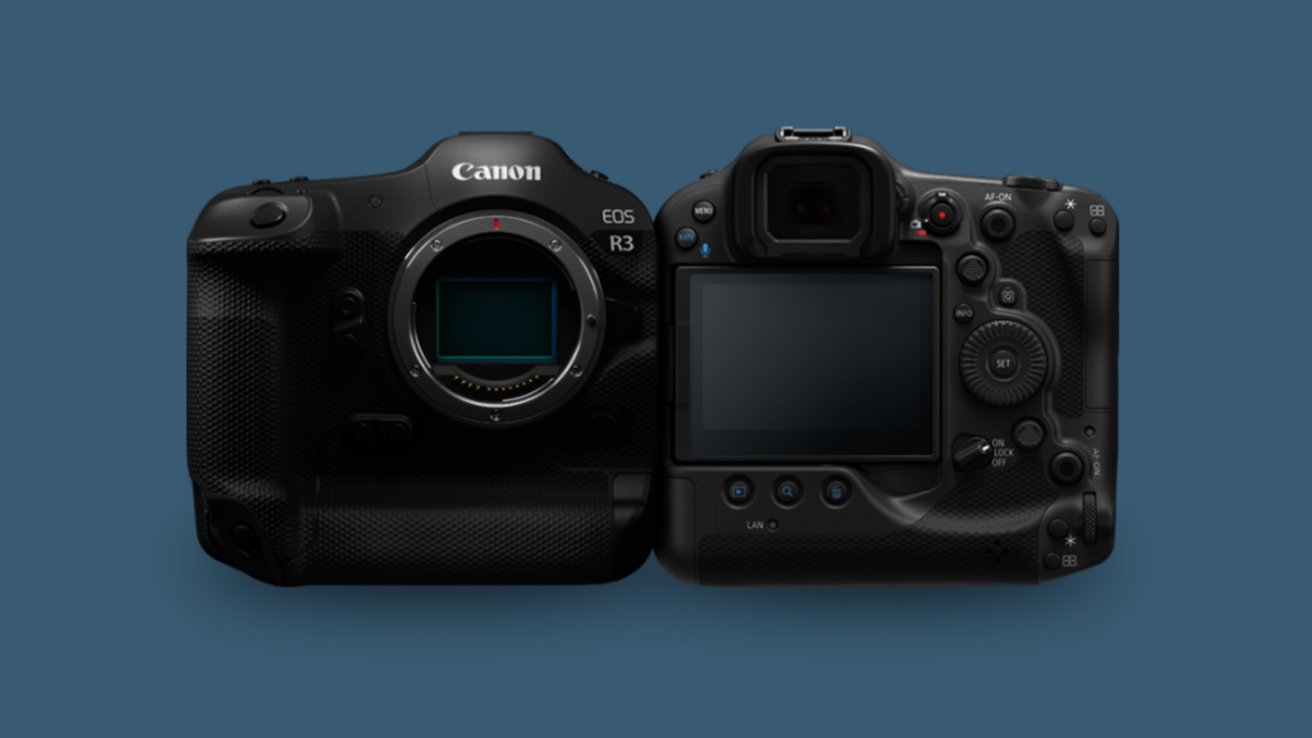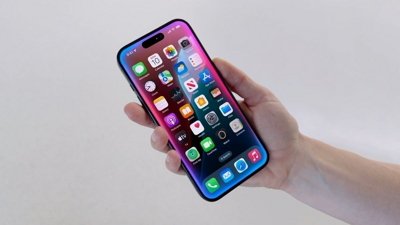Canon's new EOS R3 is its most powerful full-frame mirrorless camera yet, designed specifically with wildlife and sports photographers in mind.
The new shooter relies on a Canon-designed 24.1 megapixel backside-illuminated CMOS sensor capable of capturing up to 150 14-bit RAW photos at 30 shots a second when using the electronic shutter.
For the body, Canon is relying on a weatherproof magnesium alloy that weighs in at only 1.81 pounds, though your lens of choice will bump that number up.
Its ISO range spans from ISO 100 to 204,800 and autofocus can still lock on with light as low as -7.5 EV. There are 1050 autofocus points here as well.
Canon gave a big boost to its Eye input AF that now allows you to focus on a subject merely by looking at it through the electronic viewfinder. This is the first time Canon's eye control tech has made it to the R line of cameras. Speaking of the EVF, it is now an OLED panel with 60Hz or 120Hz refresh rates and a 5.76-million dot matrix.
There is no 8K video recording here but it is can capture 6K RAW video at 60 frames per second or uncropped 4K 10-bit at 120 frames per second. Both video and stills will benefit from the five-axis in-body stabilization.
The camera relies on dual card slots (CFExpress and UHS-II SD) for internal media but supports both Wi-Fi and Bluetooth 5 for wireless connectivity, including to the companion mobile app. When speed really matters, users can turn to the built-in Gigabit Ethernet port.
The pro-grade Canon EOS R3 will be available in November for $5,999, body only.
 Andrew O'Hara
Andrew O'Hara








 Malcolm Owen
Malcolm Owen

 Amber Neely
Amber Neely

 Wesley Hilliard
Wesley Hilliard


 William Gallagher
William Gallagher









7 Comments
I'm looking forward to the real-world reviews of this camera. I was specifically waiting on the Canon R5 to see what this camera can do.
dpreview.com has a preliminary review with sample images
"
Fitting they reintroduced the gaze-tracking autofocus on a 3-series camera.
Beyond that, it looks competitive with the 1D line, complete with the 1-series-style hold-a-button-and-turn-a-dial interface (which the 3 also used). I've never seen an EVF which I actually liked, but I haven't tried one which is quite so dense. My next camera body just might be an R!